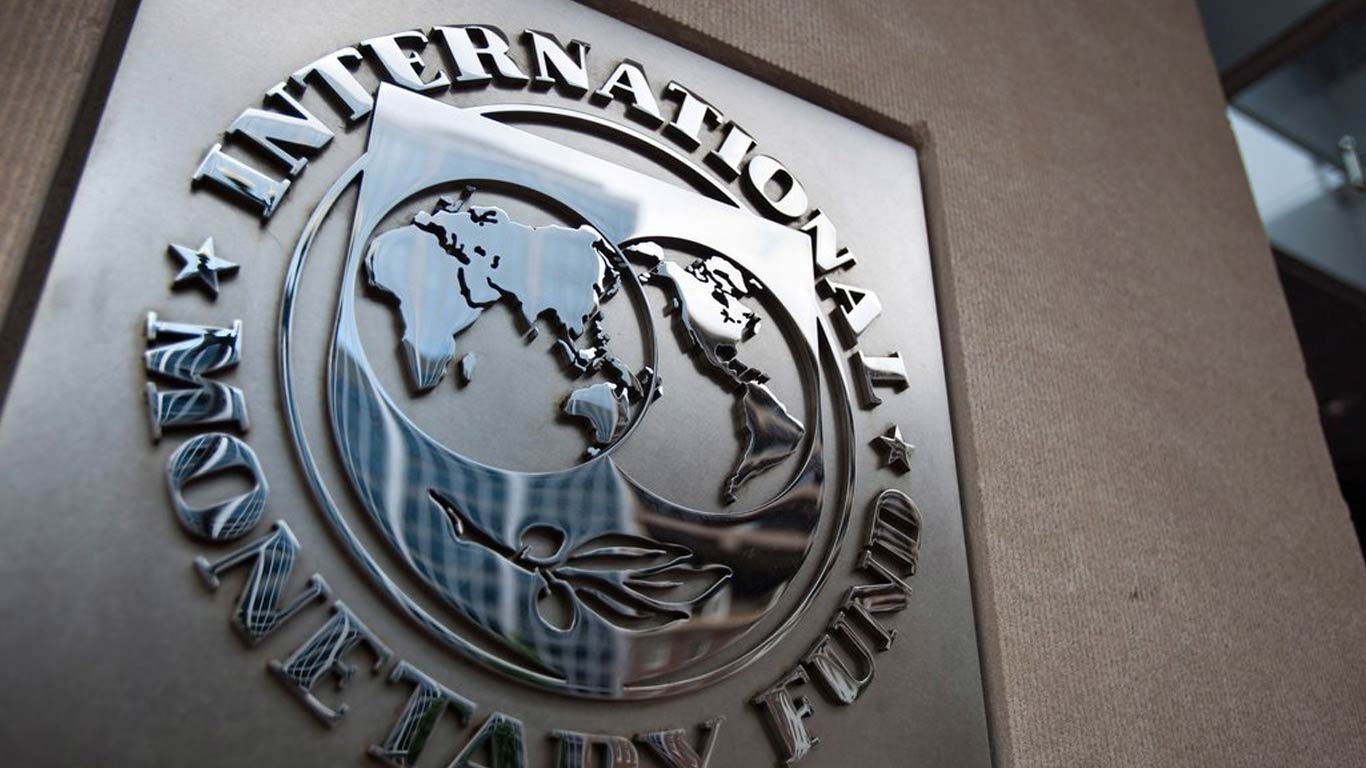CAD reaches 5.4 per cent in Q2 of 2012-13
Updated: Mar 14, 2013 08:32:41pm

The rise in CAD to GDP ratio was partly due to slower growth in GDP and rupee depreciation. Further a steeper decline in exports growth (12.2 per cent - YoY) compared to imports growth (4.8 per cent – YoY) led to widening of trade deficit. The trade deficit widened to USD 48.3 billion during Q2 from USD 44.5 billion during the corresponding quarter of the previous year.
“While net services receipts registered reasonable increase, net invisibles earnings during the quarter could finance only a lower proportion of trade deficit as net ‘primary and secondary’ income flows were relatively smaller.”
“Consequently, the CAD worsened to USD 22.3 billion in Q2 of 2012-13 as compared to USD 16.4 billion in the preceding quarter and USD 18.9 billion in Q2 of 2011-12,” the reportadded.
Net capital inflows
Although net capital inflows surged during the quarter led by foreign direct investment (FDI) and portfolio investment, they were barely sufficient to meet the financing needs and there was a marginal drawdown of reserves by USD 0.2 billion during the quarter.
The report also stated that during the first half of 2012-13, India’s Balance of Payments deteriorated as trade deficit widened and invisibles remained sluggish. On the other hand, capital flows remained lower than that in the preceding year and were just sufficient to meet the gap of current account leading to small accretion to foreign exchange reserves.
Manufacturing sector
The apex bank, in another report of the bulletin, said that demand conditions in the manufacturing sector in the quarters starting Oct 2011 to Sep 2012, also weakened, as reflected in the weak new orders growth, lower level of capacity utilisation and higher ratio of finished goods (FG) inventory to sales on a year-on-year basis.
One of the main findings of the report included new orders growth (year-on-year) moderating in the recent period barring an upturn in the first quarter of 2012-13.
“Capacity utilisation level of manufacturing companies depicted a seasonal behaviour with an upturn in the third quarter coinciding with festival season and peak in the last quarter of the financial year, in line with the peaks seen in other major output indicators like real GDP and Index of Industrial Production (IIP),” the report said. (KNN/SK)











